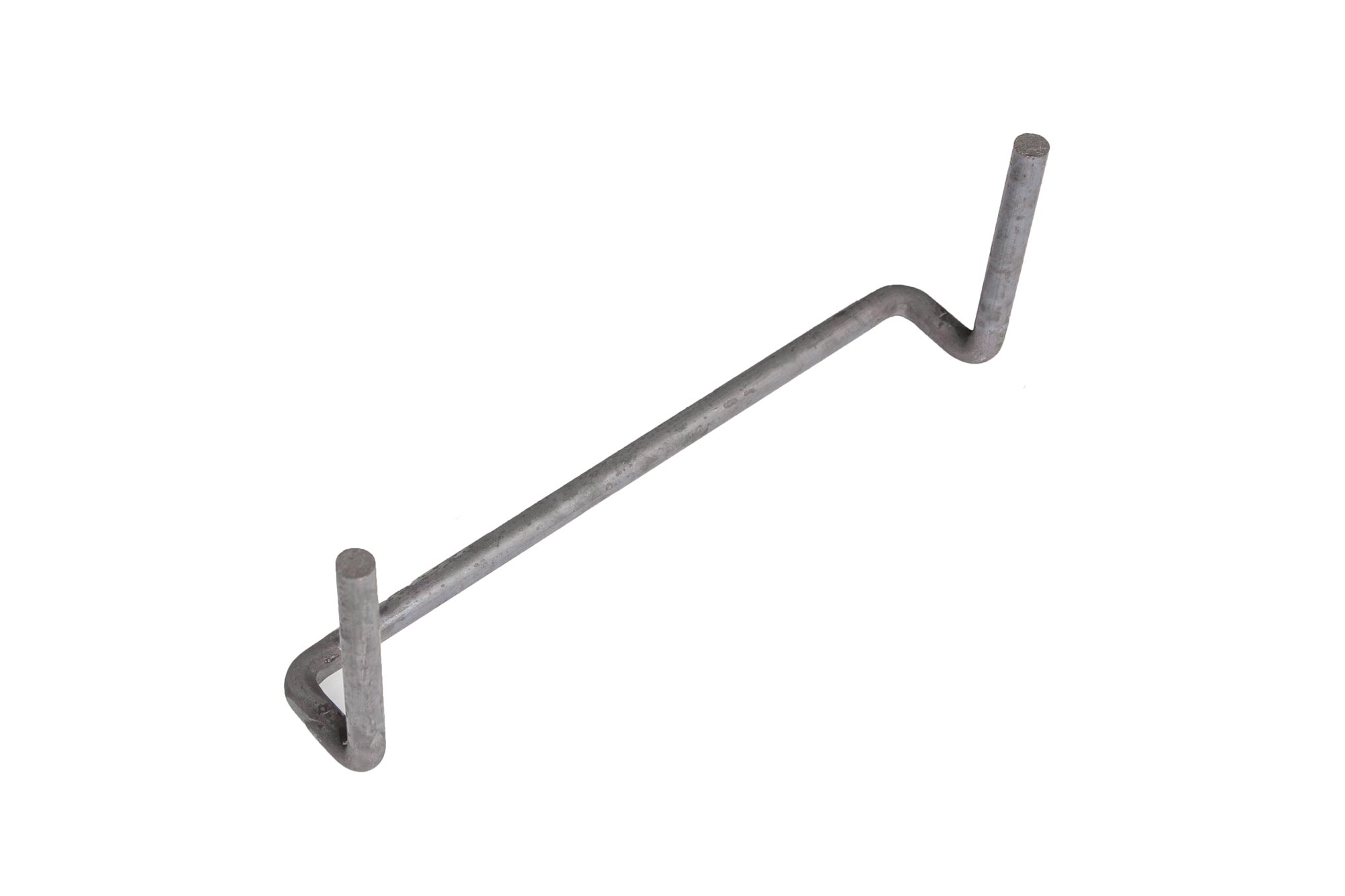

Articles
What Is Ladder Rungs
Modified: August 21, 2024
Discover the importance of ladder rungs and how they contribute to safety. Read our informative articles on ladder rungs and enhance your knowledge.
(Many of the links in this article redirect to a specific reviewed product. Your purchase of these products through affiliate links helps to generate commission for Storables.com, at no extra cost. Learn more)
Introduction
Ladders are a fundamental tool used in various industries and everyday tasks. They provide vertical access to higher areas, allowing people to work or reach items that would normally be out of reach. While ladders consist of several components, one essential part that plays a critical role in ladder safety and functionality is the ladder rungs.
Ladder rungs are horizontal steps or bars that provide a stable platform for individuals to stand on while climbing a ladder. They offer support and grip, ensuring that users can maintain their balance and perform their tasks safely and efficiently. Understanding the different aspects of ladder rungs, including their types, materials, and installation, is crucial for selecting the right ladder for specific purposes.
In this article, we will explore the world of ladder rungs, diving into their definition, purpose, types, material options, considerations for selection, installation and maintenance, as well as safety guidelines for using ladder rungs.
So, whether you are a professional tradesperson, a homeowner, or simply interested in learning more about ladder components, let’s take a closer look at ladder rungs and uncover all there is to know about them.
Key Takeaways:
- Ladder rungs are essential for safety and stability, providing support, grip, and balance while climbing. Consider material options, installation, and maintenance to ensure safe and efficient ladder use.
- When using ladder rungs, prioritize safety by selecting the right ladder, inspecting for damage, maintaining proper positioning, and avoiding overreaching. Following safety guidelines is crucial for accident prevention.
Read more: What Is A Rung Of A Ladder
Definition of Ladder Rungs
Ladder rungs are the horizontal steps or bars that are integral parts of a ladder’s structure. They are designed to provide a stable platform for individuals to step on while ascending or descending a ladder. Ladder rungs are typically evenly spaced and are connected to the ladder’s rails or stiles, forming a secure and reliable structure for vertical climbing.
The rungs of a ladder are essential for facilitating safe and efficient movement. They serve as footholds, allowing users to support their weight and maintain balance as they navigate the ladder. The quality and design of ladder rungs can significantly impact the overall safety and usability of a ladder.
Ladder rungs come in various sizes, depending on the ladder height and application. They can range from short rungs on small step ladders to longer rungs on extension ladders or multi-story ladders used in construction. The width of ladder rungs also varies, with wider rungs offering more stability and comfort during use.
It’s important to note that ladder rungs are distinct from ladder steps. While rungs are used on single and extension ladders, steps are typically found on platform ladders or step stools, where the focus is on providing a larger standing platform.
In summary, ladder rungs are the horizontal bars that enable individuals to climb up or down a ladder safely. They are crucial components of ladder construction, providing stability, support, and a secure foothold for users as they perform various tasks at heights.
Purpose of Ladder Rungs
The primary purpose of ladder rungs is to provide a safe and stable platform for individuals to climb up and down a ladder. They play a crucial role in ensuring the user’s safety, balance, and stability while performing tasks at elevated heights. Let’s take a closer look at the important purposes ladder rungs serve:
- Support: Ladder rungs offer support to users by providing a solid and secure surface to step on while ascending or descending the ladder. They help distribute weight evenly across the ladder, minimizing the risk of slips or falls.
- Grip: The rungs’ design often includes textured surfaces or grooves, which enhance grip and prevent the user’s feet from slipping. This grip ensures stability and reduces the likelihood of accidents due to loss of traction.
- Balancing: Ladder rungs facilitate proper balance while climbing. They enable users to place their feet firmly on each rung, allowing for a stable and controlled ascent or descent. This balancing feature is essential, especially when working with tools or carrying objects while on the ladder.
- Comfort: Well-designed ladder rungs provide comfort during extended use. They offer a suitable width and contour that fit the user’s feet, reducing fatigue and discomfort that may arise from standing on narrow or poorly-designed rungs for prolonged periods.
- Easy Visiblity: Ladder rungs are often painted in a distinctive color or have additional markings to improve visibility. This helps users locate and position their feet correctly on the ladder, especially in low-light conditions or when working in cluttered environments.
Overall, ladder rungs serve the crucial purpose of ensuring the safety, stability, and comfort of ladder users. They are designed with specific features that enhance grip and balance, ultimately reducing the risk of accidents and injuries while working at heights.
Types of Ladder Rungs
Ladder rungs come in various types, each tailored to suit different ladder designs and applications. The type of ladder rungs chosen depends on factors such as the ladder’s intended use, the material used for construction, and the specific safety requirements. Let’s explore some of the common types of ladder rungs:
- Round Rungs: Round ladder rungs are cylindrical in shape and offer a traditional design found in many standard ladders. They typically provide a comfortable and secure grip due to their rounded surface. However, round rungs may present challenges for individuals with limited flexibility or foot conditions.
- D-Rung: D-rungs are ladder rungs that have a flat, D-shaped profile. They offer a wider surface area for the user’s foot, providing better stability and reducing foot fatigue. D-rung designs are commonly used in extension ladders and provide improved comfort during prolonged use.
- Flat Rungs: Flat rungs have a rectangular or flat profile. They provide a wide surface area for the user to step on and offer stability and comfort. Flat rungs are often used in heavy-duty or industrial ladders where strength and durability are important considerations.
- Traction Rungs: These ladder rungs feature enhanced grip, typically achieved through the addition of textured surfaces or specially designed grooves. Traction rungs are commonly used in environments where the ladder may be exposed to moisture, oil, or other slippery substances.
- Composite Rungs: Composite ladder rungs are made from non-metal materials, such as fiberglass or reinforced plastic. They offer several advantages, including being non-conductive to electricity, lightweight, and resistant to corrosion. Composite rungs are commonly used in ladders used by electricians or in environments where electrical conductivity is a concern.
- Step Rungs: Step rungs are ladder rungs that have a wider, flat surface resembling steps. They are typically found in platform or step ladders, providing a larger standing area for users to perform tasks comfortably at lower heights. Step rungs are designed for stability and ease of use.
It’s important to consider the ladder type, intended use, and desired functionality when selecting the appropriate ladder rungs. Choosing the right type of ladder rung is crucial in ensuring the safety, comfort, and usability of the ladder for specific tasks and environments.
Material Options for Ladder Rungs
Ladder rungs are available in various materials, each offering unique characteristics and advantages. The choice of ladder rung material depends on factors such as the ladder’s intended use, durability requirements, and safety considerations. Here are some common material options for ladder rungs:
- Aluminum: Aluminum ladder rungs are lightweight, durable, and resistant to corrosion. They are commonly used in both residential and commercial ladders due to their strength-to-weight ratio. Aluminum rungs provide excellent stability and are suitable for a wide range of applications.
- Steel: Steel ladder rungs are known for their exceptional strength and durability. They can withstand heavy loads and are typically used in industrial and heavy-duty ladders. Steel rungs are resistant to bending and provide excellent stability, making them ideal for demanding work environments.
- Fiberglass: Fiberglass ladder rungs offer excellent electrical insulation properties, making them a popular choice for electricians or when working near electrical hazards. Fiberglass is lightweight, non-conductive, and resistant to chemicals, moisture, and UV rays. These rungs are also durable and provide a secure grip.
- Plastic/Composite: Plastic or composite ladder rungs are made from materials such as reinforced plastic or nylon. They are lightweight, non-conductive, and resistant to corrosion. Plastic rungs offer good grip and can be a cost-effective alternative to other materials. They are commonly used in residential or light-duty ladders.
- Wood: Wood ladder rungs provide a traditional and natural feel. They are often used in specialty ladders or for decorative purposes. Wood rungs are typically made from hardwood like oak or ash and offer good strength and grip. However, they require regular maintenance to prevent rotting or splintering.
When choosing the material for ladder rungs, it’s essential to consider the specific requirements of the task at hand and the working environment. Factors such as weight capacity, electrical safety, weather resistance, and overall durability should be evaluated to ensure the ladder rungs can meet the demands of the intended use.
When choosing ladder rungs, consider the material and design for durability and safety. Look for non-slip surfaces and weight capacity to ensure they meet your needs.
Considerations for Choosing Ladder Rungs
When selecting ladder rungs, there are several important considerations to keep in mind to ensure the safety, functionality, and longevity of the ladder. By taking these factors into account, you can choose the most suitable ladder rungs for your specific needs. Here are some key considerations to consider:
- Intended Use: Determine the purpose and application of the ladder. Consider whether the ladder will be used for light-duty household tasks, heavy-duty industrial work, or specialized tasks such as electrical work. This will help determine the appropriate rung material, type, and overall ladder design.
- Weight Capacity: Evaluate the weight capacity requirements of the ladder. Consider the maximum anticipated weight that the ladder will need to support, including the weight of the user and any tools or materials. Ensure that the ladder rungs can safely accommodate the intended load without compromising safety and stability.
- Material Considerations: Select the ladder rung material based on the specific requirements of the task and work environment. Consider factors such as strength, durability, electrical conductivity, resistance to corrosion, and exposure to moisture or chemicals. Choose a material that can withstand the demands of the application and ensure user safety.
- Grip and Traction: Look for ladder rungs that provide a secure grip and traction. Consider rungs with textured surfaces, grooves, or non-slip features that offer enhanced stability and reduce the risk of slipping, especially in wet or oily conditions. A firm grip on the rungs is crucial to ensure user safety during ladder use.
- Comfort: Consider the comfort of ladder rungs, especially if the ladder will be used for extended periods. Look for rungs that offer suitable width and contour to accommodate the user’s foot comfortably. Comfortable rungs can reduce fatigue and improve overall productivity.
- Compatibility: Ensure that the ladder rungs are compatible with the ladder design and construction. Consider the spacing between rungs, as well as the attachment method to the ladder rails or stiles. Proper attachment and spacing are essential for ladder stability and user safety.
- Compliance with Safety Standards: Make sure that the ladder rungs meet or exceed relevant safety standards and regulations. Look for certifications such as ANSI (American National Standards Institute) or OSHA (Occupational Safety and Health Administration) compliance. These standards ensure that the ladder rungs are manufactured to the highest safety standards.
By carefully considering these factors, you can choose ladder rungs that meet the specific requirements of your tasks while prioritizing safety, comfort, and durability. It is crucial to invest in high-quality ladder rungs that will provide reliable support and enhance the overall performance of the ladder.
Installation and Maintenance of Ladder Rungs
The proper installation and regular maintenance of ladder rungs are essential to ensure the safety and longevity of the ladder. By following these guidelines, you can maximize the performance and usability of ladder rungs:
Installation:
- Read and understand the manufacturer’s instructions for ladder assembly and rung installation.
- Ensure that the ladder rungs are securely attached to the ladder’s rails or stiles, following the provided instructions.
- Check the spacing between rungs, as specified by the manufacturer. Proper spacing is crucial for safe and comfortable ladder use.
- Inspect the ladder rungs for any defects or damage before installation. If any issues are found, replace the rungs before using the ladder.
- Verify that the ladder rungs are level and aligned properly to avoid any uneven or unstable footing while climbing.
- Follow any additional installation guidelines specific to the ladder type, such as extension ladders or platform stepladders.
Maintenance:
- Inspect the ladder rungs regularly for signs of wear, damage, or any loose connections. Check for cracks, splits, or excessive wear on the rung surface.
- Clean the ladder rungs regularly to remove any dirt, debris, or substances that may reduce grip and traction.
- Ensure that the ladder rungs remain free from oil, grease, or other slippery substances that can compromise user safety.
- Tighten any loose connections or fasteners on the ladder rungs. Ensure that all screws, bolts, or pins are securely in place.
- If any rungs are damaged or worn out, replace them promptly. Avoid using the ladder if rungs are in poor condition, as it can compromise the ladder’s stability and safety.
- Store the ladder in a dry and secure location to prevent rust or other forms of corrosion. Protect the ladder rungs from extreme temperatures and harsh environmental conditions.
- Follow any maintenance guidelines provided by the ladder manufacturer to ensure compliance with safety standards and to prolong the ladder’s lifespan.
By following proper installation procedures and implementing regular maintenance practices, you can ensure that the ladder rungs remain in good condition and function optimally. Safe and well-maintained ladder rungs are crucial for safe climbing and working at heights.
Safety Guidelines for Using Ladder Rungs
Using ladder rungs safely is crucial to prevent accidents and injuries while working at heights. Adhering to the following safety guidelines can help ensure a safe and secure experience when using ladder rungs:
- Select the Right Ladder: Choose a ladder that is appropriate for the task at hand. Consider factors such as ladder height, weight capacity, and stability to ensure it can safely support the user and any equipment or materials.
- Inspect the Ladder: Before climbing the ladder, inspect it for any signs of damage, such as bent rungs, loose connections, or cracked parts. Ensure that ladder rungs are clean, stable, and in good condition.
- Set Up on a Stable Surface: Place the ladder on a firm and level surface, free from any debris, slippery substances, or uneven ground. Use ladder stabilizers or levelers if necessary to ensure stability.
- Proper Positioning: When climbing the ladder, always maintain three points of contact (two hands and one foot, or two feet and one hand) with the ladder rungs. Keep your body centered between the side rails and face the ladder while climbing up or down.
- Avoid Overreaching: Overreaching while on a ladder can cause loss of balance and increase the risk of falling. Keep your body centered on the ladder and maintain a secure grip on the ladder rungs.
- One Person at a Time: Do not allow multiple people on the ladder simultaneously unless it is specifically designed for such use. Ladders are designed to carry the weight of only one person at a time to maintain stability.
- Do Not Extend Above the Top Rung: Never stand on the ladder rungs above the designated top rung or step. Overreaching or standing on the top rung can lead to loss of balance and a potential fall.
- Never Lean the Ladder: Avoid leaning the ladder against unstable surfaces or objects for support. Make sure the ladder is securely positioned and fully extended before climbing.
- Follow Weight Capacity: Do not exceed the ladder’s recommended weight capacity. Consider the weight of the user, clothing, tools, and any materials being carried while determining the load on the ladder.
- Use Fall Protection when Necessary: If working at great heights or in hazardous conditions, consider using personal fall protection equipment, such as a harness and lanyard, to prevent falls.
Following these safety guidelines when using ladder rungs can significantly reduce the risk of accidents and injuries. It’s important to prioritize safety, maintain a clear focus, and use ladders in accordance with manufacturer instructions and relevant safety regulations.
Conclusion
Ladder rungs are integral components of ladders that play a critical role in ensuring safety, stability, and usability during vertical climbing. Understanding the various aspects of ladder rungs, including their types, materials, installation, and maintenance, is essential for selecting the right ladder for specific tasks and environments.
When choosing ladder rungs, it is crucial to consider factors such as the ladder’s intended use, weight capacity, material options, grip, and overall comfort. By selecting the appropriate ladder rungs, users can enhance their safety and productivity when working at heights.
Proper installation and regular maintenance of ladder rungs are essential to ensure their functionality and longevity. Following manufacturer instructions for ladder assembly, inspecting the ladder for any damage or defects, cleaning ladder rungs regularly, and replacing worn-out rungs are crucial aspects of ladder maintenance.
To ensure safe ladder use, it is essential to follow safety guidelines such as selecting the right ladder for the task, inspecting the ladder before each use, maintaining proper positioning and balance on the ladder rungs, and avoiding overreaching or leaning the ladder. Adhering to these safety practices is essential to prevent accidents and minimize the risk of falls or injuries.
In conclusion, ladder rungs are not just mere steps or bars; they are fundamental components that contribute to the overall safety and functionality of ladders. By understanding the different aspects of ladder rungs and following safety guidelines, users can ensure a safe and productive experience while working at heights.
Frequently Asked Questions about What Is Ladder Rungs
Was this page helpful?
At Storables.com, we guarantee accurate and reliable information. Our content, validated by Expert Board Contributors, is crafted following stringent Editorial Policies. We're committed to providing you with well-researched, expert-backed insights for all your informational needs.
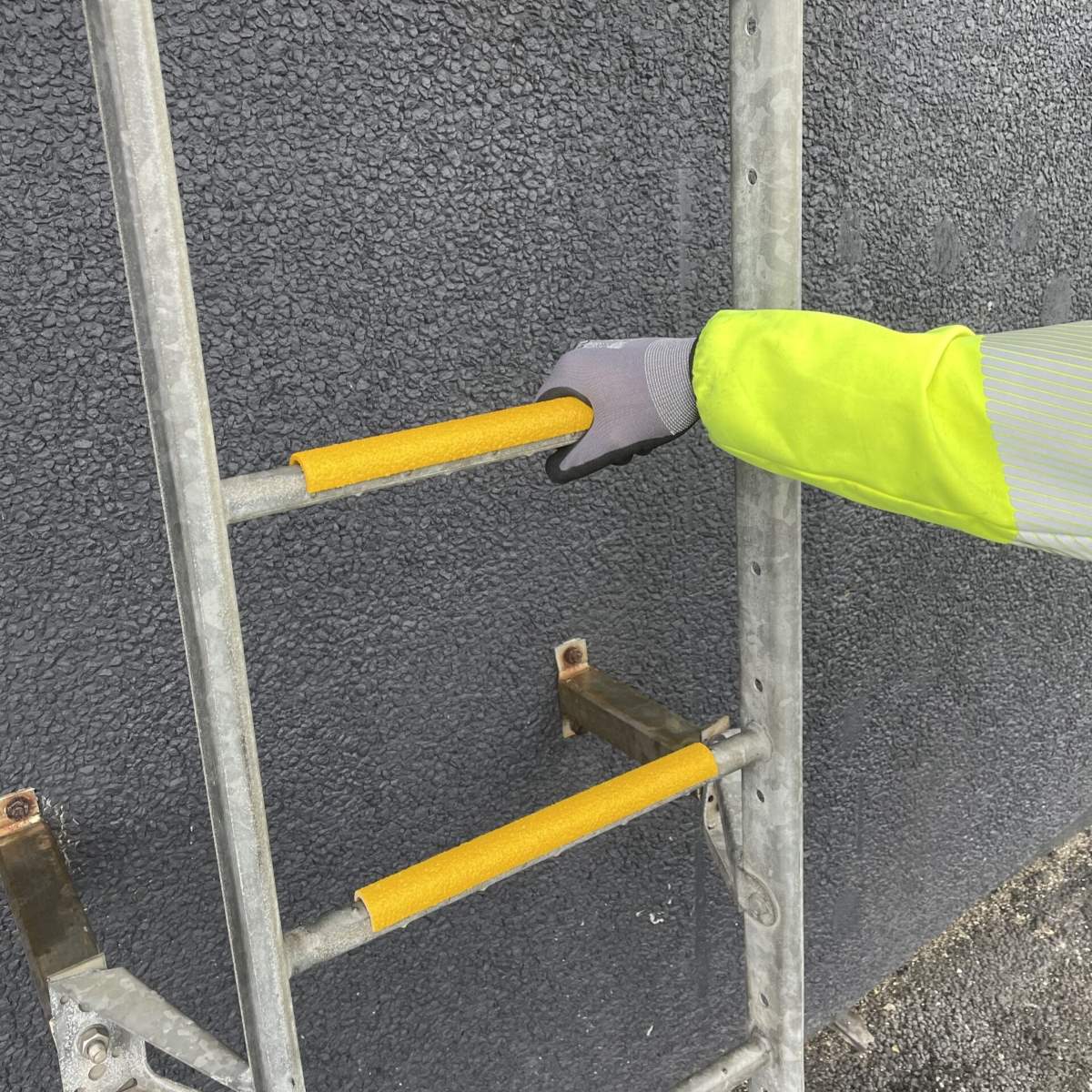


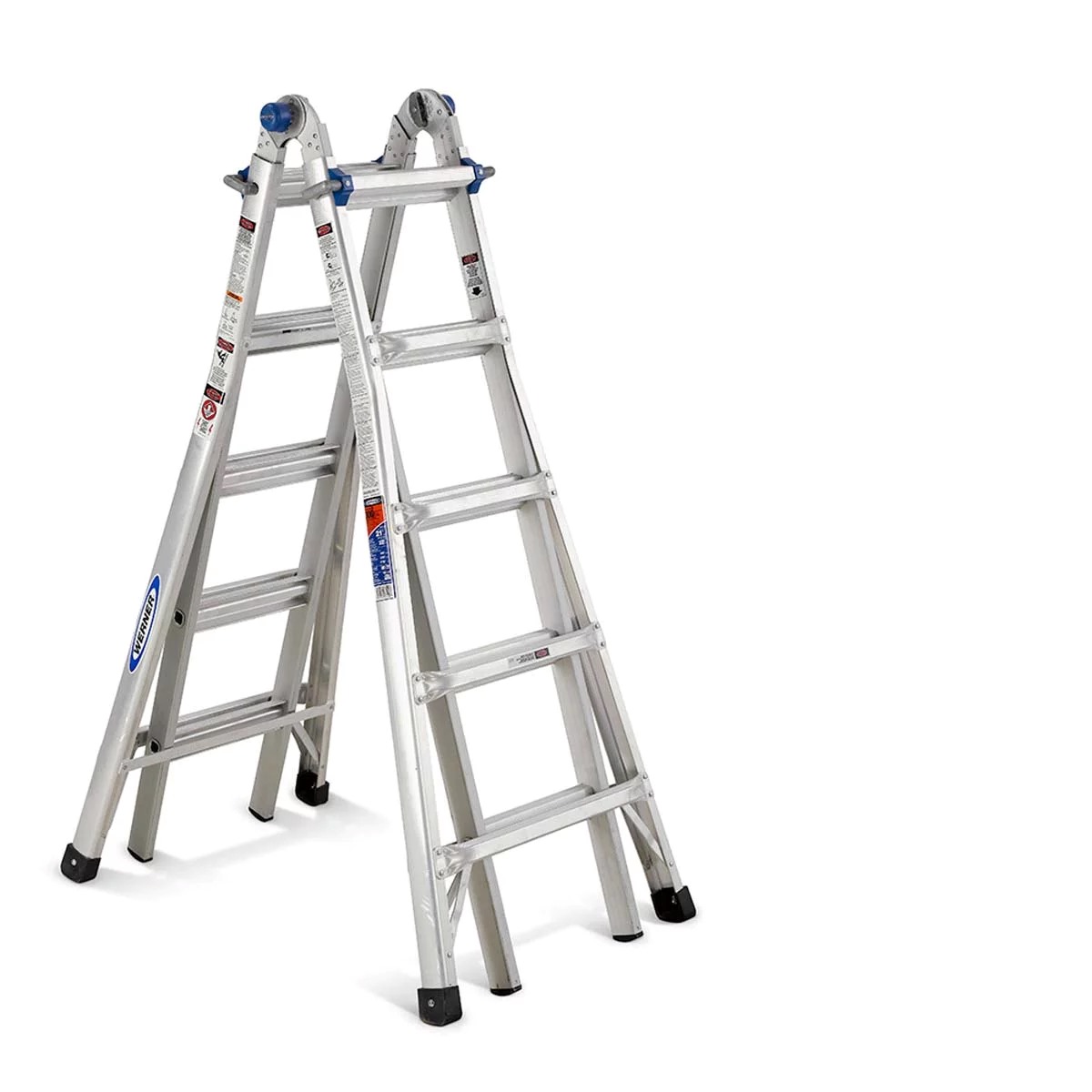

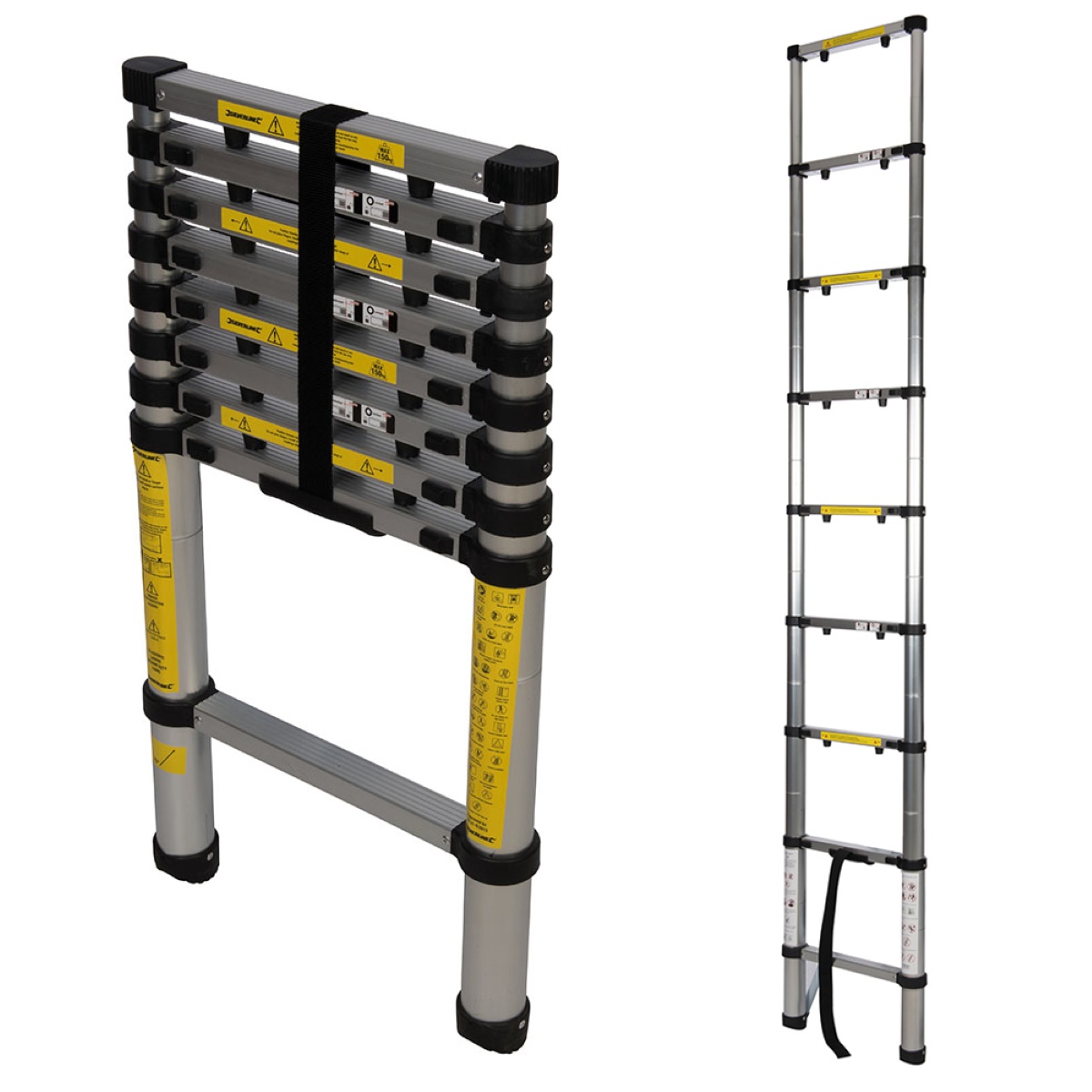
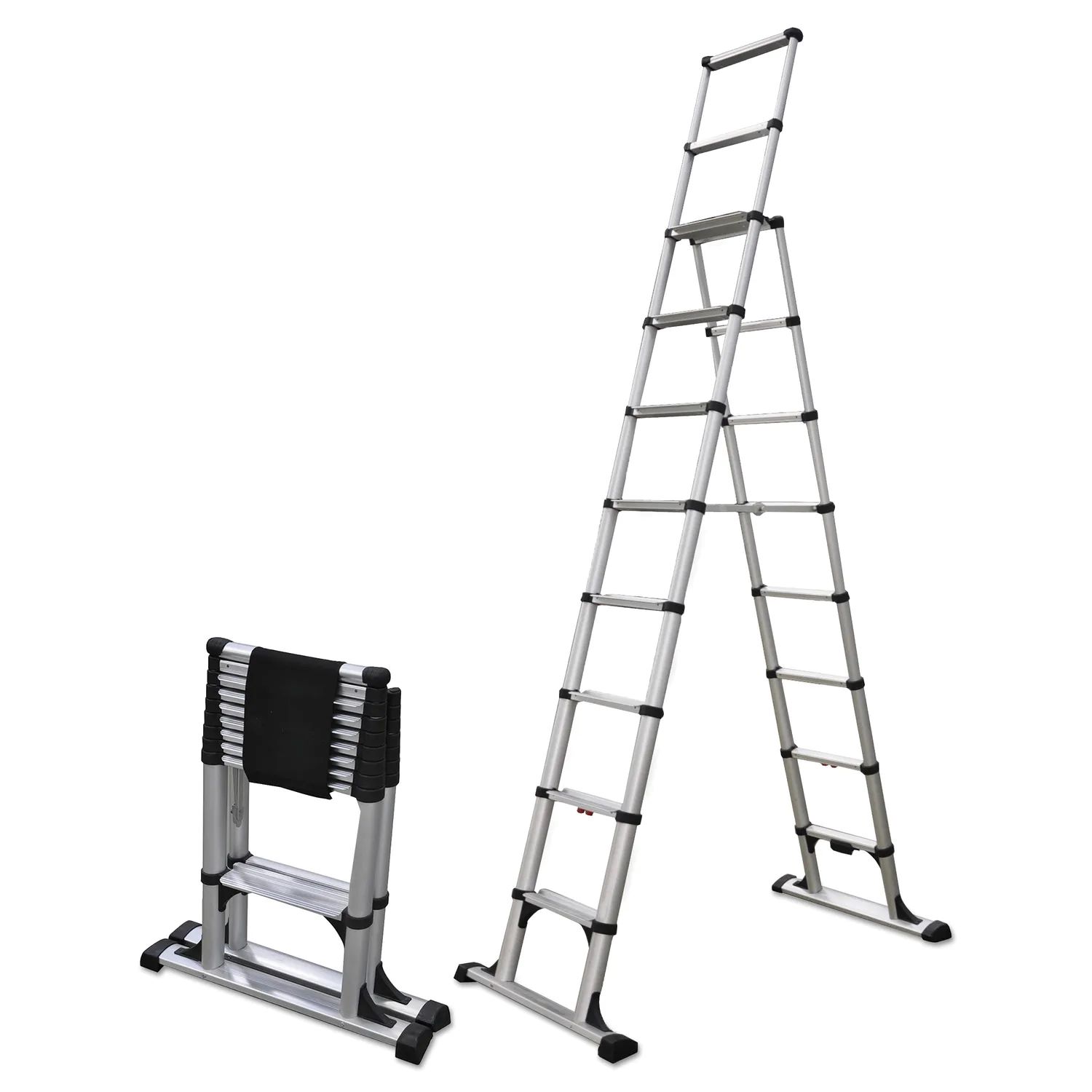


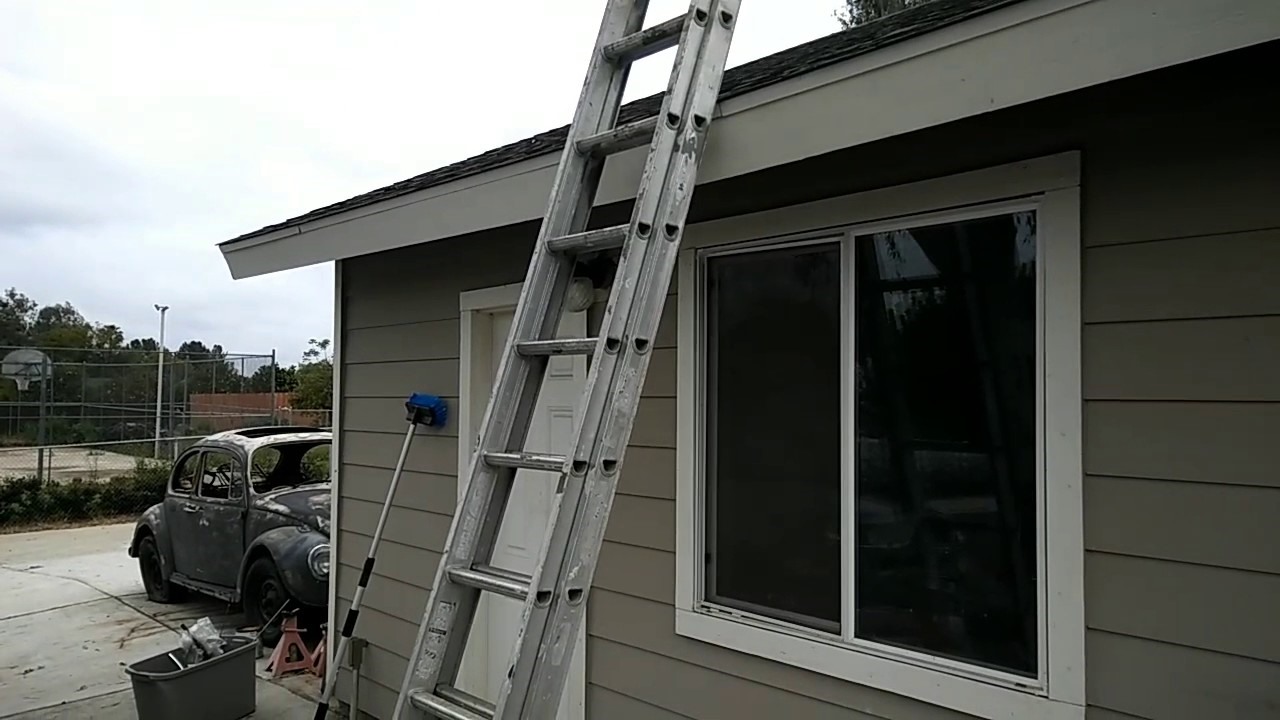
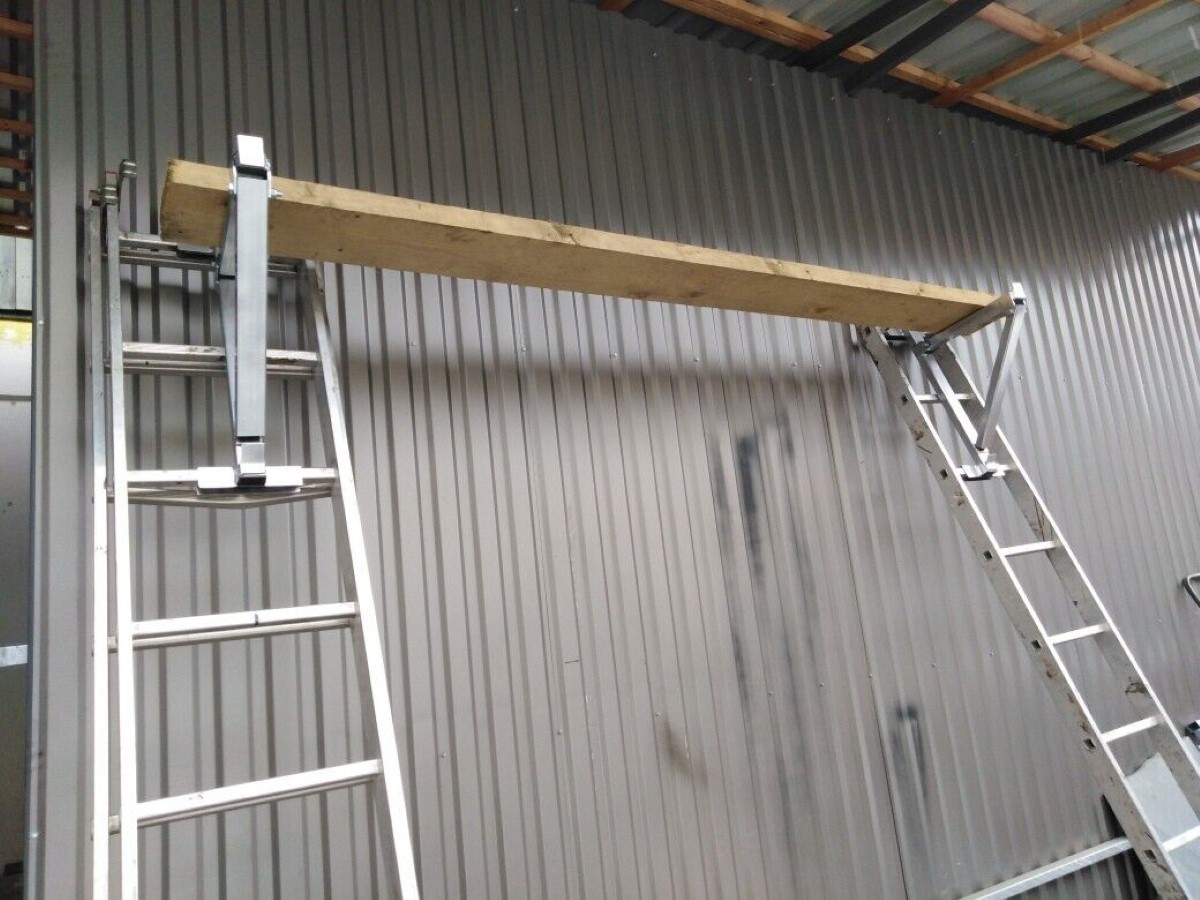

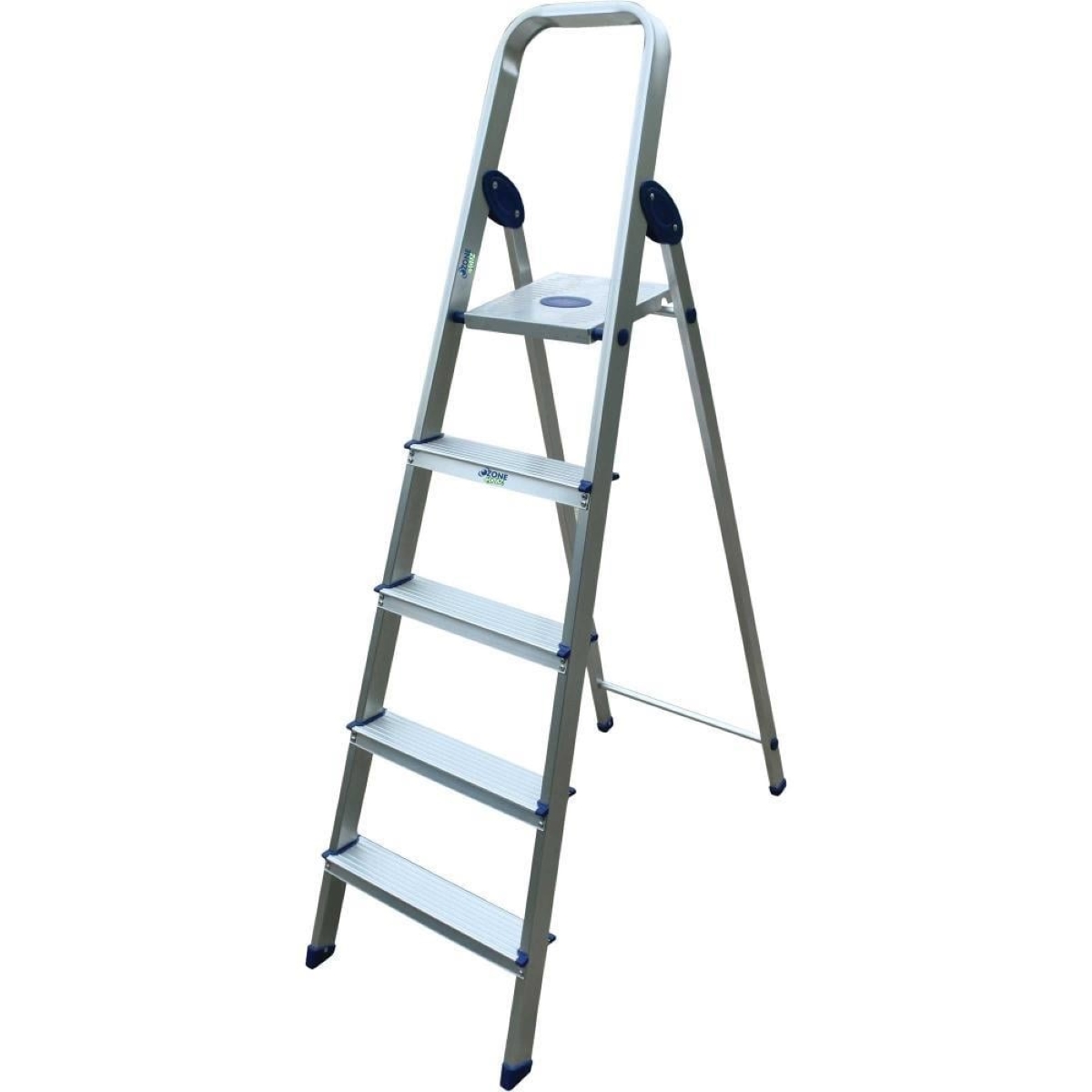


0 thoughts on “What Is Ladder Rungs”